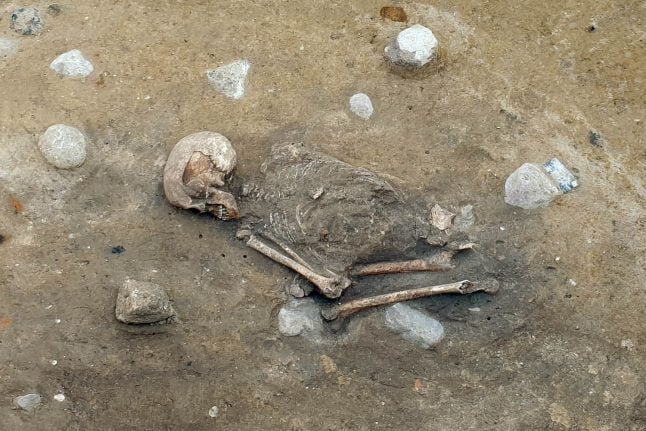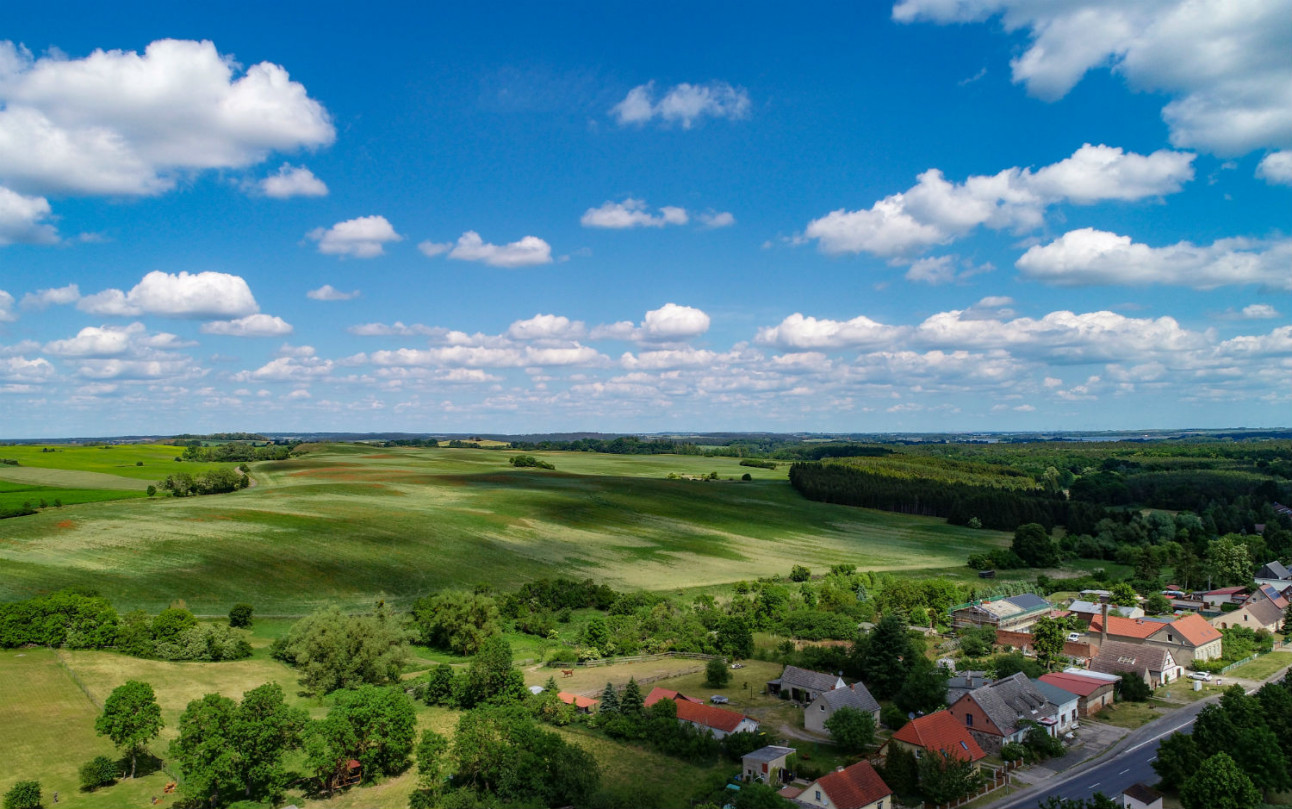ARCHEOLOGY
Danish amateur finds 1,100 yr-old Viking cross
A metal detecting enthusiast in Denmark has discovered a 1,100 year old gold crucifix that may be the oldest complete Christian artefact ever found in the country.
Published: 21 March 2016 08:34 CET

The cross shows a figure with hands outstretched in a clear depiction of Jesus on the cross. Photo: Ladby Viking Museum
Dennis Fabricius Holm was out prospecting in a field near the town of Aunslev on the Danish island of Fyn on Friday afternoon when his detector began to beep.
“From the moment I turned over the earth and saw the piece of jewellery, I have not been able to think of anything else,” he told Denmark’s DR broadcaster.
“It’s weird that my name will now be associated with something that seems to be so important. I don’t think it’s quite seeped in yet.”
The gold filigreed crucifix, weighing 13.2 grams and 4.1cm in length, is near identical to those found in Stockholm’s Birka cemetery in 1927, and to fragments found at a burial site in Ketting, Denmark in 2012, making it the the third so-called “Birka crucifix”.
“It is an absolutely sensational discovery that dates from the first half of the 900s,” said Malene Refshauge Beck, an archeologist at the nearby East Fyn museum.
“In recent years there has been more and more signs that Christianity was widespread earlier than previously thought – and this is the clearest evidence so far.”
The cross appears to be perhaps 50 years older that the Jelling rune stones, which celebrate the conversion of the Danish king Harald Bluetooth to Christianity.
While the stones have been dated to 965, the cross has been dated to the first half of the 10th century.
According to a post on the site of Viking Museum at Ladby, where the new find will be exhibited from the summer, it is not yet possibly to tell whether the woman who wore the jewellery had been a Christian viking, or whether she had worn it “as part of a pagan Viking’s bling-bling”.
Url copied to clipboard!



 Please whitelist us to continue reading.
Please whitelist us to continue reading.
Member comments